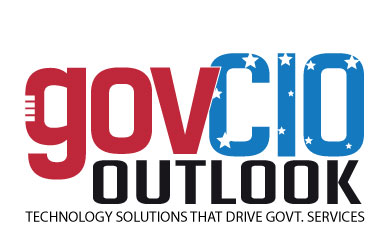Welcome back to this new edition of Gov CIO Outlook !!!✖
August-20169GOVERNMENT CIO OUTLOOKAs our own core capabilities expand, we must ensure that we continue to capitalize on them--as we now have the power and the data to go beyond previous levels of care. Take, for example, predictive analytics: One of our greatest assets is VA's wealth of veterans' data across the continuum of their lives. We can now use that data to alert veterans if they may be susceptible to certain types of illnesses or to recommend care that has worked for others. So, how are we adapting? How are we becoming more agile? This has been an underlying goal throughout our recent transformation. The term "agility" can call to mind short, quick bursts of speed, like a sprinter running the 100-meter dash. And OI&T accomplished a dash of its own last fall, organizing an Enterprise Cybersecurity Strategy Team to address cyber vulnerabilities and then submitting an Enterprise Cybersecurity Plan to Congress ahead of schedule -- all within three months.Sometimes, departments are asked to spring to action like that -- quickly and effectively. But when it comes to transforming an organization -- and an organizational mindset -- I am also reminded of the adage: "It's a marathon, not a sprint." At the same time as we flex our fast-twitch muscles to remain agile, we must also build our core strengths to sustain our changes long-term. Those core strengths include our underlying principles of transparency, accountability, innovation, and teamwork, along with communication. So as we looked to transform our business model, we also redesigned our intranet to encourage collaboration, and we formed an employee engagement task force to spur innovation. These traits do not just enable us to be nimble when responding to challenges; they drive us to be more agile in every aspect of our work, because they are muscles that we flex day in and day out. We have embraced "agile" as more than just a concept, though -- we are baking it into our core systems, in both business procedures and in IT development. We overhauled our project management process and established the agility-driven Veteran-focused Integration Process (VIP) in our new Enterprise Program Management Office. In the nearly six months since introducing VIP, OI&T has:· Cut the development cycle in half, from six months to three · Reduced overhead obligation by 88 percent· Condensed seven release calendars into one· Streamlined the release process from as many as 10 review groups, to just one Consider this: There was a time when developing a new project at OI&T required some 58 documents -- for planning, billing, coordination, and more. Now, that number is down to just seven.Embracing this agile development process has allowed us to reduce the complexity of our own environment. With a focus on the end user, we can bring more immediate value to the Veteran. And with a renewed emphasis on user needs, we can develop products that better meet our Veterans' expectations. Business requires different muscles, at different times, to accomplish different goals. We must be able to move quickly and adapt on the fly -- but like any good runner, we must also use our core strengths to stay in control of our stride. When the arms start swinging wildly or the head starts bobbing, that is wasted energy. And if we are going to maximize our potential, be it on the track or in the business world, we cannot afford to waste any of that energy. After all, the world is moving incredibly fast, and our responsibilities to our veterans are too important to not push ourselves to our best. It is not enough to just keep pace. We must lead the charge.
< Page 8 | Page 10 >
< Page 8 | Page 10 >
